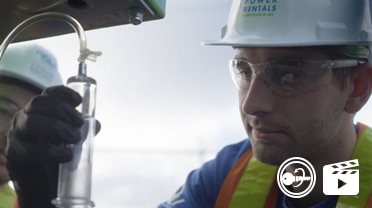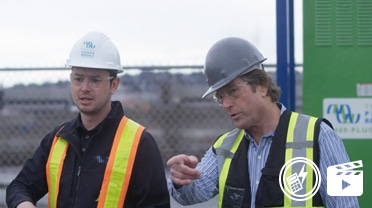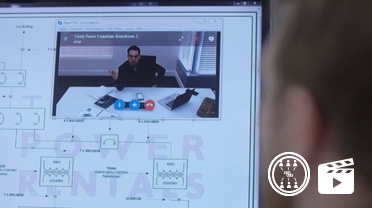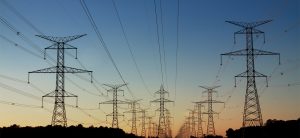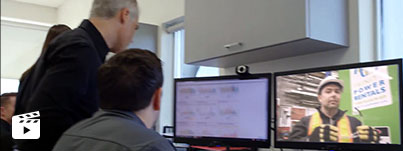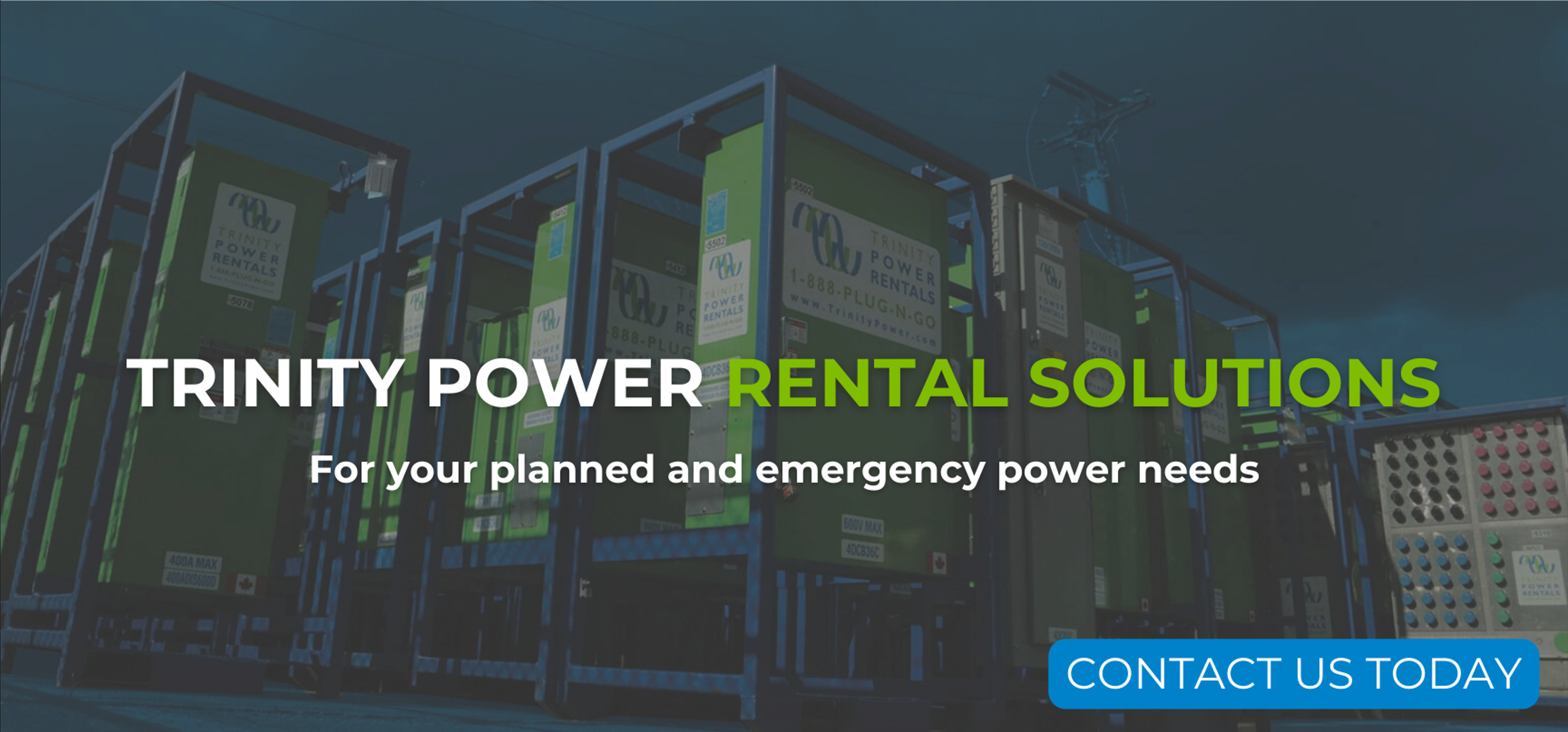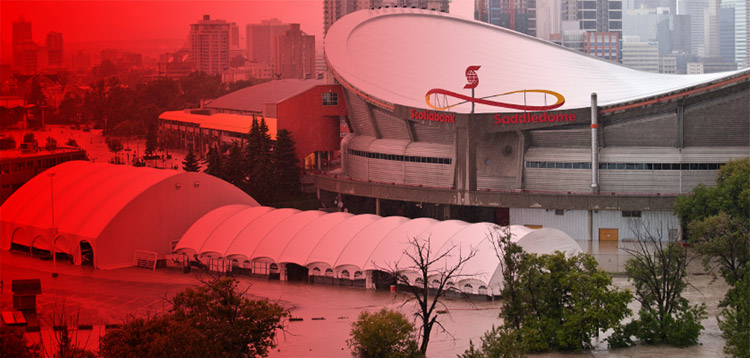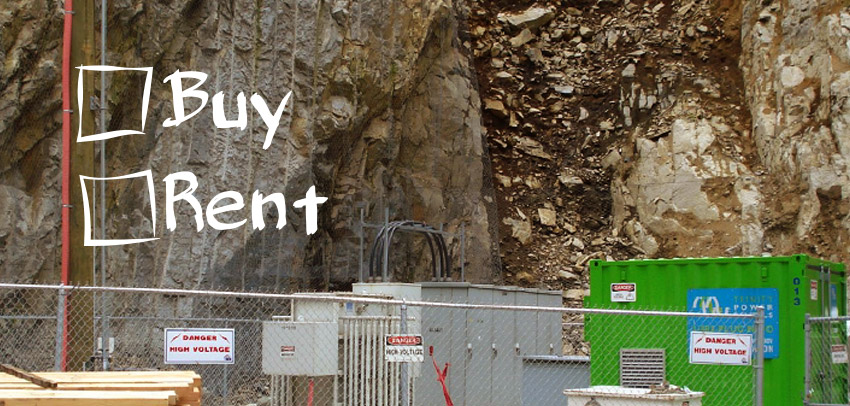- OUR APPROACH
-
COMMITTED TO YOUR SUCCESS
Our approach, developed over decades of experience, is fine-tuned to get the results you want.
We deliver concept-to-completion solutions, designed by temporary power specialists with access to the largest inventory of high-quality power generation and distribution equipment in North America.
-
- Equipment
-
RENTALS
From a wide range of diesel and natural gas generators to transformers, cable, light towers and more, our large rental fleet and extensive vendor network ensure we’ll have the temporary power equipment that your project requires — every time.
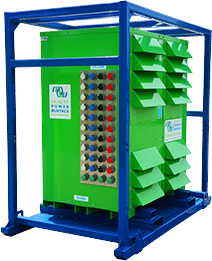
-
- Industries
-
INDUSTRIES WE SERVE
For nearly 20 years, we have been at work powering projects across Canada’s industrial sectors.
Select from this sampling of industries to learn how we can put our expertise to work for you.
VIEW ALL- Projects
- About
-
A PROUD HISTORY. A BRIGHT FUTURE.
From our inception in 1998, we have been building our team on a foundation of excellence. Our team members’ passion, expertise and commitment are what have allowed us to grow into a national company with projects across Canada.
Click on the links to learn more about our history, our team or our career opportunities.
- Blog
- Contact
-
Portable Substations: One of Temporary Power’s Best Kept Secret
Mar 30, 2021
Table of Contents:
- Renting Substations: How Trinity Got Its Start
- What Are Substations, Exactly?
- When Is a Substation a Good Idea?
- Benefits of Renting a Substation
- What Unique Challenges Does a Substation Present?
In 2017, a transformer failed in a building located in the centre of world famous Whistler ski resort.
The building contained a mix of residential and commercial units, as well as a popular western-themed public house. In short, everyone involved had an interest in powering the building again as quickly as possible.
The catch? Replacing the transformer was going to take time, and a large, noisy diesel generator running 24/7 in the middle of a quaint ski resort full of international tourists was not anyone’s first choice.
Luckily, Trinity Power had a better option – a portable rental substation. Hidden behind some fencing, the substation was so quiet that passersby didn’t even notice it. It was quick to source and install, and able to run cheaply and unobtrusively for months until a permanent transformer could be installed.
This is one of Kurt Guess’s favourite substation stories. He has more of them than you might expect. You could say that Guess, a Sales Director at Trinity Power, is passionate about substations. So he was the perfect person to ask to talk about them in depth.
Guess revealed everything he knows about substations – what they are, what kinds of jobs they’re suited to, and why they make a great rental option in more cases than you might have considered.
Renting Substations: How Trinity Got Its Start
Many of our clients know that Trinity Power got its start in the film industry – fewer are aware that the story also involves substations.
After being contracted to design and build a portable unit substation for a CP Rail project, Trinity’s founders saw an opportunity for this type of equipment in the film industry.
“Some movie studios would have less capacity than what the production required. It’s almost impossible for a warehouse-converted studio to go from 500kW to a 2000kW capacity quickly, and when possible, production companies didn’t want to absorb the generator rental cost needed to supplement load requirements, nor did studios want to incur the significant cost of a permanent solution.
Trinity began to design and build equipment that would be able to connect to utility and provide that larger capacity to the studios on a fast timeline. The studios didn’t have to take on the capital investment themselves and could pass on that rental to the productions.
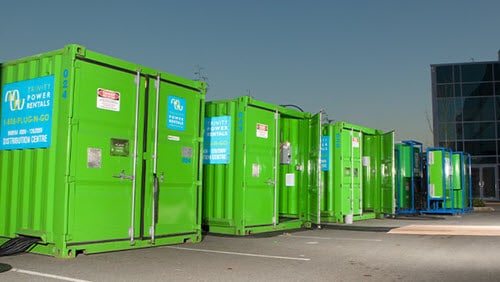
“We started out in the film industry, studios and remote locations, but that quickly spilled over into the industrial market segment, which is where our primary focus is today,” says Guess, adding that Trinity continues to operate in the film and event sector to this day.
What Are Substations, Exactly?
“In a broad sense, a portable substation is an accumulation of electrical components packaged into one unit,” explains Guess. “It’s one piece of equipment that meets all of the requirements to connect to a utility source.”
Substations can be huge, like a utility company substation which is the size of a power plant. But they can also operate at a much smaller scale: the portable substations that Trinity rents range from 300kVA to 5000kVA.
These substations are used for a wide variety of applications, including new construction, events and emergency situations where an existing transformer has failed at a facility or building.
Because of their voltage ratings, Guess explains that packaged substations can be considered specialty equipment. “Typically generators in the rental industry will max out at 600V,” he says. “Substations are special, because they work with utility voltages up to 25kV.”
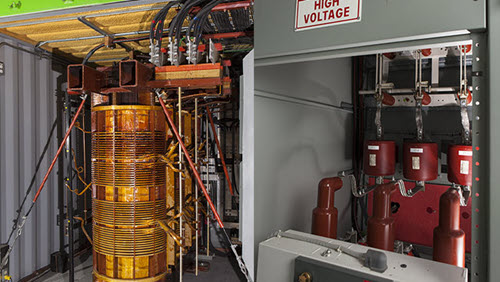
When Is a Substation a Good Idea?
In terms of testing, commissioning and coordination studies, substations normally require more engineering than most temporary generator packages; and because of that, many Electrical Contractors aren’t aware that rental substations can be readily accessible. “I’ve spoken to people who’ve been in the electrical contracting or engineering field for decades and they have no idea that you can get a fully packaged substation shipped to site and energized within a few days,” says Guess.
This lack of awareness could be costing ECs, since, as Guess points out, “Anybody who required temporary power, if they had an option to access grid power as opposed to generator power, they would take it.”
“The overall benefit of utilizing utility power as opposed to generated power on site is that it’s cheaper,” explains Guess.
While substations are costlier to install, they are cheaper to run.
This is because substations have no moving parts once they’re energized, so they’re more reliable. “A generator is a mechanical engine,” says Guess. “It can run out of oil. A fan belt can break. A substation is much lower maintenance.”
Substations also don’t require fuel. Guess recalls a client who saved $220,000 on fueling costs alone when they were able to use a Trinity substation instead of a generator on their project.
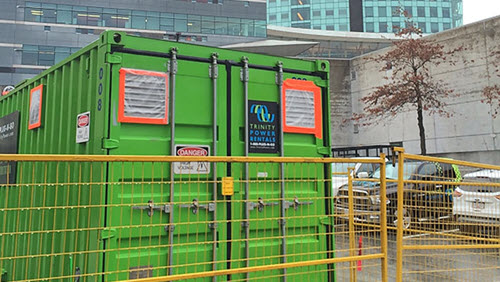
Benefits of Renting a Substation
Not only are substations less expensive in the long term, they also provide “cleaner” power. “Utility electricity is just more reliable, more conducive to different electrical components,” Guess explains.
Another benefit of substations is environmental:. “A 1000kW generator can consume maybe 5 to 6 thousand litres of fuel a day,” explains Guess. Emissions benefits are obvious, but not so much the noise level advantages.
“A medium to large size diesel generator will range anywhere from 72 dBA to 82 dBA at 7 meters distance,” he says. “We once sent a 1000kW generator to a long-term care facility for 2 months. We probably averaged 2 calls a day from people complaining: windows were vibrating, they couldn’t sleep.”
Beyond upsetting the neighbours, noisy generators can butt up against city noise bylaws, requiring special noise dampening barriers in order to be permitted to operate.
Substations, on the other hand, are virtually silent: “A lot of the time you could walk right up to a substation and not hear it,” says Guess.
So are there ever any situations where a substation is not appropriate?
“The biggest factor is whether or not the infrastructure to utilize grid or utility power is an option,” explains Guess. “If you’re at an oil field in Northern Alberta, you’re probably not going to have access to grid power.”
Sometimes, even when grid power is available, the timeline simply doesn’t make sense for a substation. Says Guess, “If you need 1000kW of power in an emergency situation, you can achieve that quickly with a diesel generator, and the costs are low at the outset.” If temporary power is required in a matter of hours, or only for a few hours or days, a generator is most likely the best option.
But if a project is going to require temporary power for more than a few weeks and utility power is available, a portable substation, according to Guess, is the way to go.
What Unique Challenges Does a Substation Present?
The main challenges that renting a packaged substation present centre around engineering and permitting.
“A generator can be landed on site and have power connected quickly,” Guess reiterates. “The installation and commissioning of that system is less cumbersome than a substation, mainly because of the voltage.”
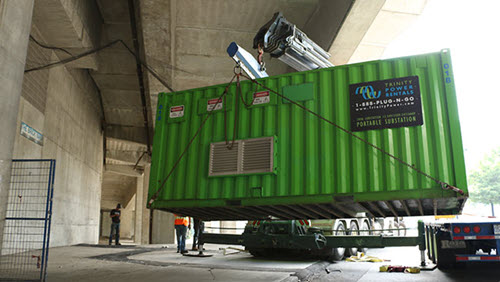
The qualifications required to perform testing, commissioning and installation of portable substations mean that companies offering those services aren’t plentiful.
And then there’s the voltage class. As Guess says, “At 25,000 volts, there are many safety considerations.”
To account for these challenges, Trinity has robust support in place for portable substation clients.
“Our team has managed hundreds of substation installations, we can be involved as much or as little as our client wants,” says Guess. Trinity Power can provide a Turn-Key solution, including project design, permitting, testing, commissioning and any other site services required.
On top of client support, Trinity has developed a rigorous QA/QC process to ensure that our portable unit substations are operating optimally and safely.
This includes inspecting returning equipment to ensure that it’s still functioning properly and that none of the components have been compromised, as well as preparation for outgoing equipment that includes customization and ensuring again that everything is running as it should be.
The Whistler story might be Guess’s favourite, but it is just one of many packaged substation success stories that we’ve had a hand in over the years.
Perhaps that’s why Guess is of the belief that “If it’s possible, it is always 100% better to go with any piece of equipment utilizing utility power.”
Related Articles
Subscribe for access to exclusive content


